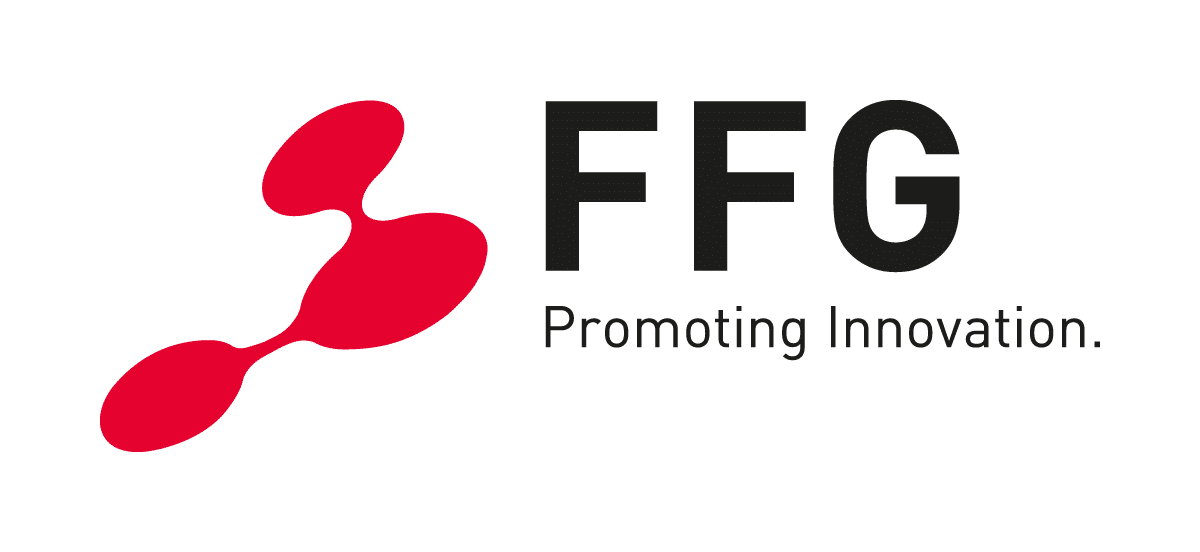DAIRY FARMING GOES DIGITAL – AND THE HUB DEALS WITH THE DATA
The Hub is going to get into cows now. How come? In June the Austrian Research Promotion Agency FFG–the national funding agency for industrial research and development in Austria–decided to support a project proposal put together by the Austrian Cattle Breeders’ Association (ZAR). The project, with the beautiful acronym “D4Dairy” (“Digitalisation, Data integration, Detection and Decision support in Dairying”) connects dozens of partners from agricultural organizations and farmers through industry and smaller size enterprises down to scientific institutions.
“In pilot studies, the ZAR has built up an infrastructure to measure and document all kinds of parameters in dairy farms,” explains Peter Klimek, key researcher for the Big Data analysis of the project. “They gathered huge amounts of data already, including environmental factors in stables, plus all veterinary diagnoses for two million cows or the genome sequences of 50,000 cows in Austria.” One of the industry partners, for instance, provides special sensors to be swallowed by the animals. Once in the rumen, the sensors constantly transmit information like changes in body temperature. This allows farmers or veterinarians to react early to a possibly beginning illness.
THE STABLE AS A “SENSOR LANDSCAPE”
Data is where the Hub comes into play. First, data are–and will be–gained from diverse sources in different formats. The lack of communication between the systems does not only give a headache to farmers, who see themselves forced to double or multiple (manual) recording; diverging data sets make data analysis at a large scale difficult, too.
“Every company uses its own standards, and sends the data to different servers,” says Olga Saukh, the CSH–TU Graz key researcher for the “Digitalisation, data integration and decision support” part of D4Dairy. “As the systems are not plug’n’play, we have to integrate the data for further use: check for monocompliance, calibrate, structure the data gaining processes.” In addition, Olga will expand future data collection in a meaningful way to cover specific research questions defined by Peter and colleagues. In doing so, punctual measurements will increasingly be replaced by constant data streams.
FOR THE WELL-BEING OF COWS – AND HUMANS
Peter, for his part, is looking forward to a new dimension of medical data analysis: “For humans, such comprehensive datasets are still missing,” he knows – one reason being data security concerns, “a minor problem with animals,” as he smilingly adds.
The major output of D4Dairy should be the improvement in the health and well-being of milk cows. From the perspective of complexity science though, Peter wants to come to a better understanding of the interplay between nature and nurture in general. Big Data, says the complexity expert, will help disentangle genetic, environmental and individual factors that contribute to either health or disease in a subject. “With 83 percent of their genes being identical to ours, cows are genetically quite close to humans,” he says. “The methods and prognostic models we are going to develop and test in D4Dairy will be applicable to human data as well.”
FARMING, SCIENCE, INDUSTRY
The project D4Dairy was submitted by the Austrian Cattle Breeder’s Association ZAR within the framework of COMET (Competence Centers for Excellent Technologies).
COMET is an Austrian science program launched in 2006 to foster the cooperation and knowledge transfer between small, medium and large enterprises, universities, Universities of Applied Sciences, competence centers and research institutions.



